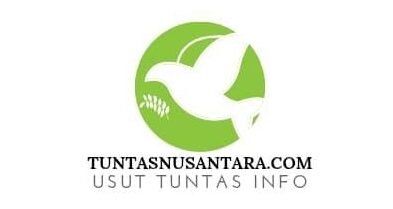The Power of Truthful Communication
The significance of providing accurate information cannot be overstated, particularly in contexts such as journalism, education, and business. In journalism, for instance, reporters are entrusted with the responsibility of disseminating facts to the public. Truthful communication enables journalists to establish credibility with their audiences, fostering a sense of trust that is essential for an informed society. When news outlets prioritize accuracy, they not only uphold ethical standards but also empower citizens to make sound decisions based on reliable information.
In the realm of education, the importance of truthful communication takes on a different yet equally vital dimension. Educators are tasked with imparting knowledge and skills to students, preparing the next generation to navigate a complex world. Providing accurate information helps to cultivate critical thinking and discernment among learners. Inaccurate or misleading information can not only misinform students but also cultivate a culture of skepticism, undermining the educational process and diminishing the value of scholarly institutions.
Business environments also reap significant rewards from prioritizing truthful communication. Stakeholders, including employees, customers, and investors, tend to gravitate towards organizations that demonstrate transparency and integrity. Accurate information enhances a company’s reputation, ultimately leading to stronger relationships and increased loyalty. Conversely, misinformation or dishonest practices can yield detrimental effects, such as public backlash and legal ramifications, effectively eroding the organization’s credibility.
The potential consequences of disseminating misinformation are severe, extending beyond immediate reputational damage. Misinformed communities may struggle to make wise decisions, which could result in sociopolitical tensions and eroded public trust. As we navigate an increasingly complex information landscape, the power of truthful communication should remain a cornerstone of societal interactions, guiding individuals and organizations toward more responsible and informed engagement.
Strategies for Ensuring Transparency
Organizations and individuals alike face the pivotal challenge of maintaining transparency in their information sharing practices. Key strategies can be implemented to enhance clarity and build trust with audiences. One of the first steps involves establishing clear communication channels. This can be achieved through dedicated platforms such as newsletters, websites, or social media channels, where stakeholders can access relevant information effortlessly. Consistent updates and straightforward messaging are essential for conveying critical details in a digestible manner.
The use of data and evidence in presentations is another effective strategy for ensuring transparency. By integrating quantitative and qualitative information into communications, organizations can substantiate their claims and facilitate informed decision-making among audiences. This approach not only bolsters credibility but also empowers viewers to understand the context behind the information being shared. Visualization tools, such as infographics and charts, can further simplify complex data, enabling clearer comprehension.
Encouraging feedback is a significant aspect of transparent communication. Soliciting input from stakeholders allows organizations to gauge perceptions and areas of improvement. It opens dialogue opportunities, fostering a culture of openness where individuals feel comfortable expressing their concerns and insights. Utilizing surveys, feedback forms, or interactive social media communication can aid in this process, making stakeholders feel valued and involved.
Additionally, the integration of digital tools and platforms plays a crucial role in enhancing transparency. Online platforms can facilitate real-time updates and provide stakeholders with immediate access to information. However, organizations must also adhere to ethical considerations when disseminating information. This includes the responsible handling of data, ensuring confidentiality, and being upfront about potential biases. By implementing these strategies, entities can cultivate an environment of transparency, ultimately nurturing trust and accountability with their audience.












